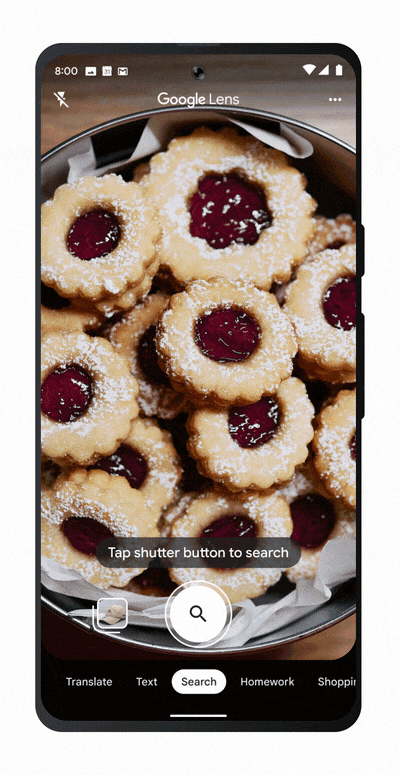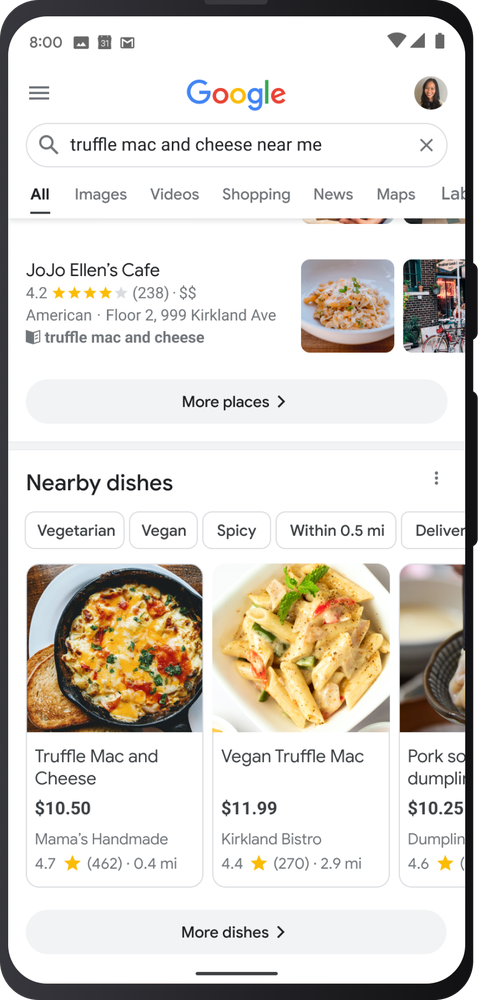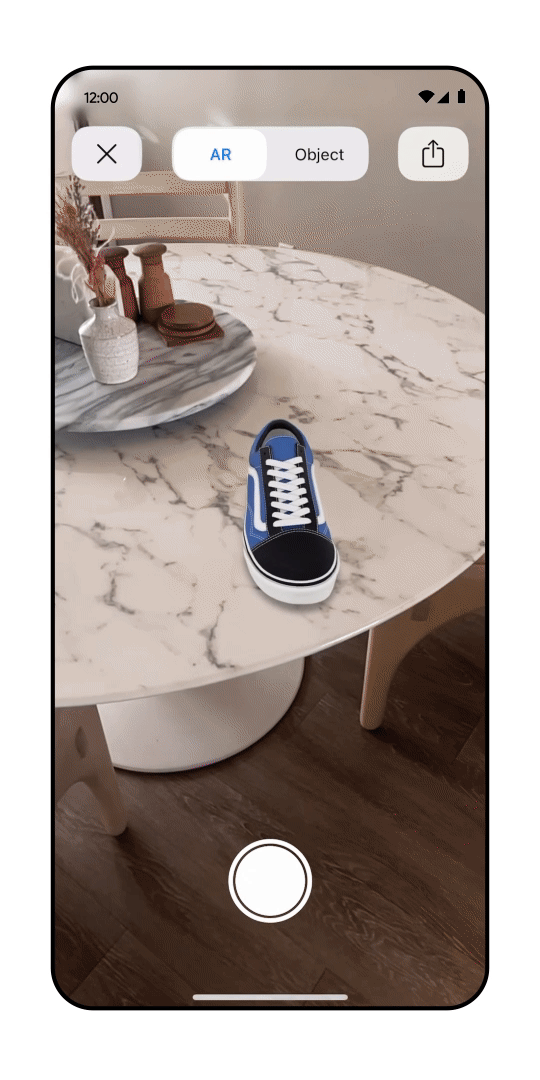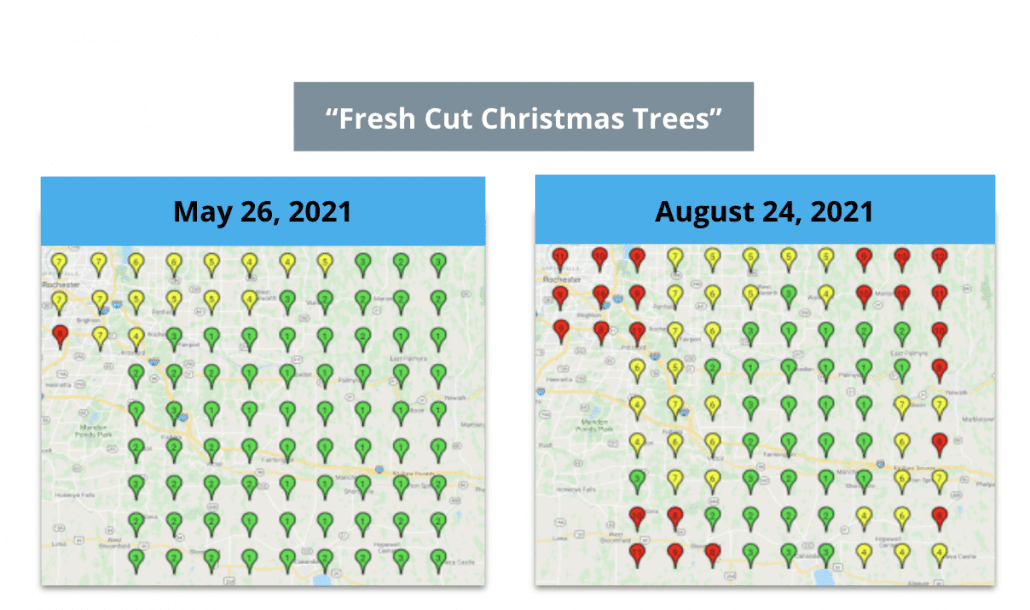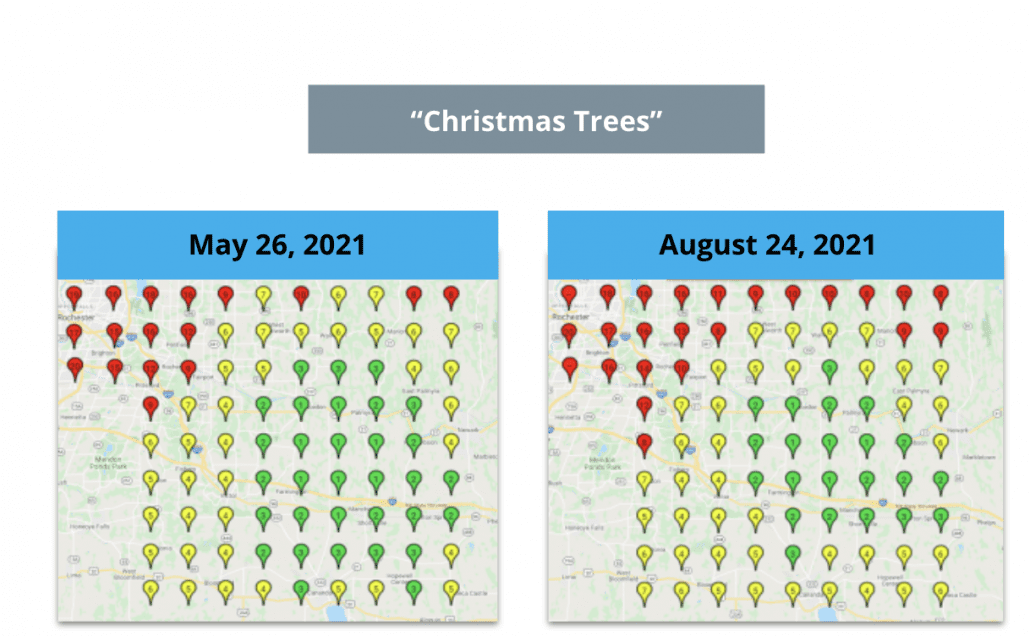Despite the increasing pressure many shoppers are feeling from inflation, the latest data from this year’s Black Friday shopping shows that consumers are still taking the shopping event seriously.
Brick-and-mortar store visits grew by an estimated 2.9% compared to 2021, according to a report from Sensormatic Solutions. Meanwhile, Adobe Analytics found that online sales rose by 2.3% to $9.12 billion.
This increase in in-person shopping likely reflects the easing of Covid-19 restrictions across the country and the increasing comfort shoppers are showing about going to brick-and-mortar locations. Stats from Thanksgiving Day itself back this up, with a whopping 19.7% increase compared to 2021.
Bloomberg had similar findings, with data showing that increased mall traffic rise by approximately 1.2%, and traffic to other types of shopping locations (such as strip centers or standalone stores) climbed 4.7% compared to the past year.
Notable Stats from Shopify
Shopify also released its data from this year’s Black Friday Shopping, accounting for a record-setting $3.6 billion across the platform from the start of Black Friday in New Zealand to the end of Black Friday in California.
At the height of the day’s sales, Shopify saw $3.5 million per minute.
The report also included some other interesting highlights:
- Top selling countries and cities where shoppers made purchases from: United States, United Kingdom and Canada, with the top-selling cities on Black Friday including London, New York, and Los Angeles
- Top product categories: Apparel & accessories, followed by health & beauty, and home & garden, with trending products including Snocks GmbH (Boxershorts), rhode (peptide glazing fluid), and Brooklinen (Luxe Core Sheet Set)**
- Average cart price: $102.31 USD or $105.10 USD on a constant currency basis
- 15%: Cross-border orders worldwide on Black Friday as a percentage of total orders
- 27%: Growth in POS sales made by Shopify merchants globally over last year’s Black Friday
What We Can Learn From This
Despite challenges, Black Friday and the surrounding weekend remain major events for consumers and retailers. With the end of Covid restrictions, consumers use a renewed sense of flexibility to find the best deals online and in-store.
For retailers, it is more important than ever to ensure your customers can easily find you and compare your prices and products. The online shopping space is increasingly crowded and it is up to you to stand out with great offers, well-crafted sales messages, top-level service, and high-quality products.

